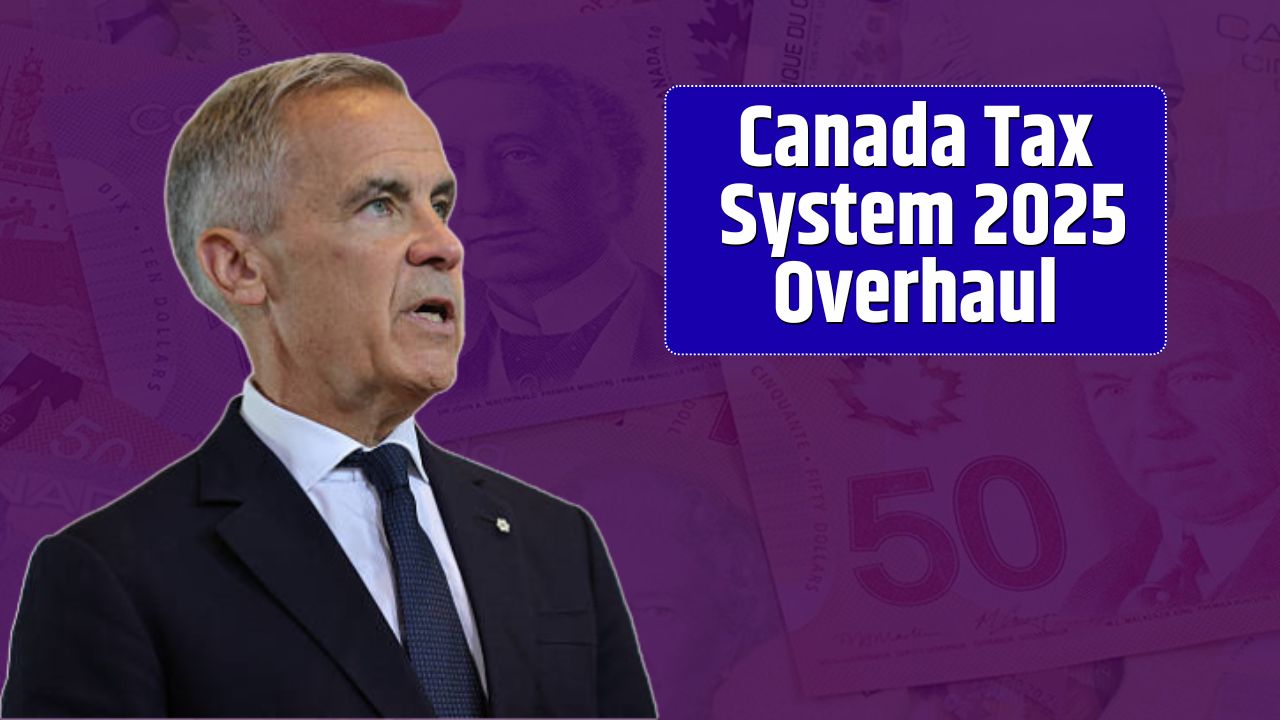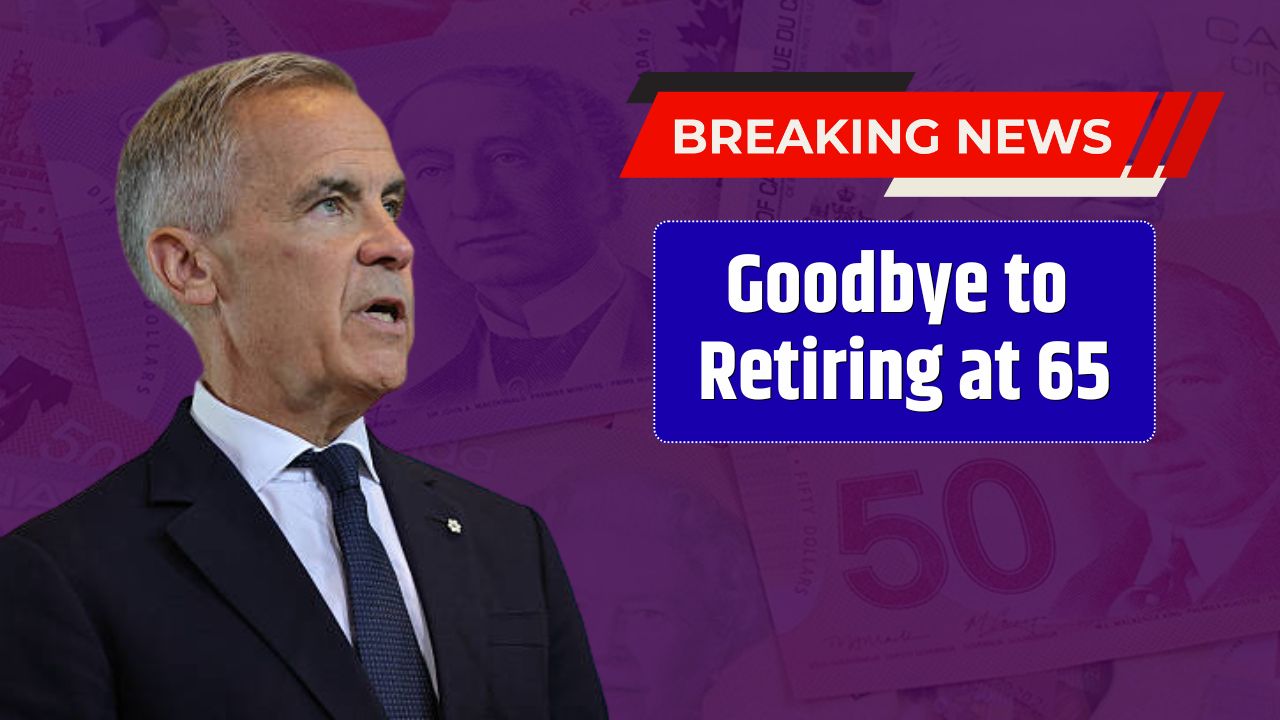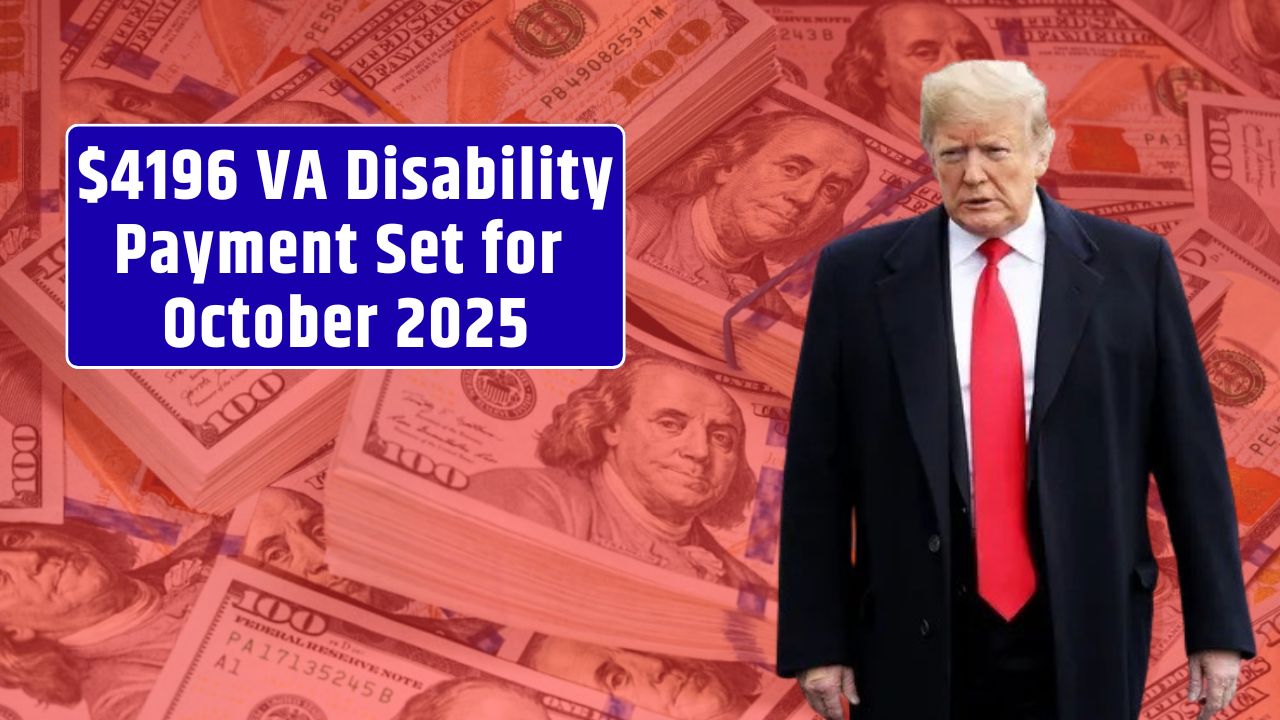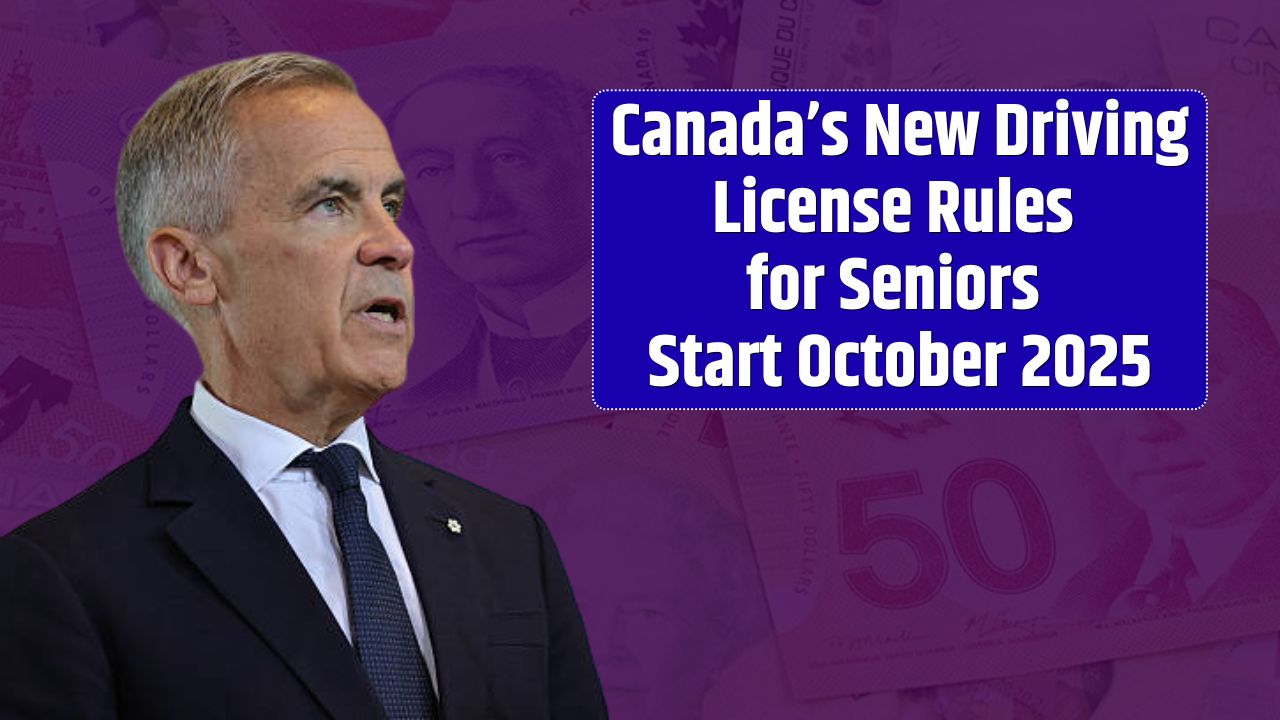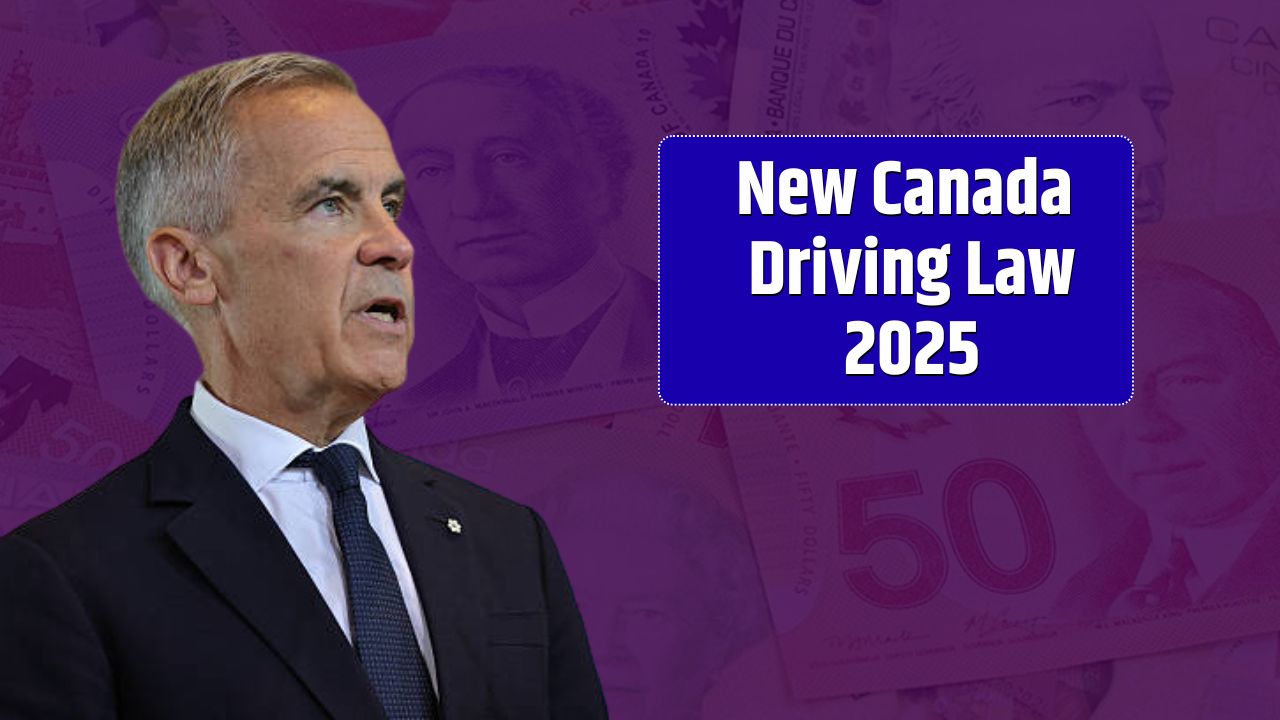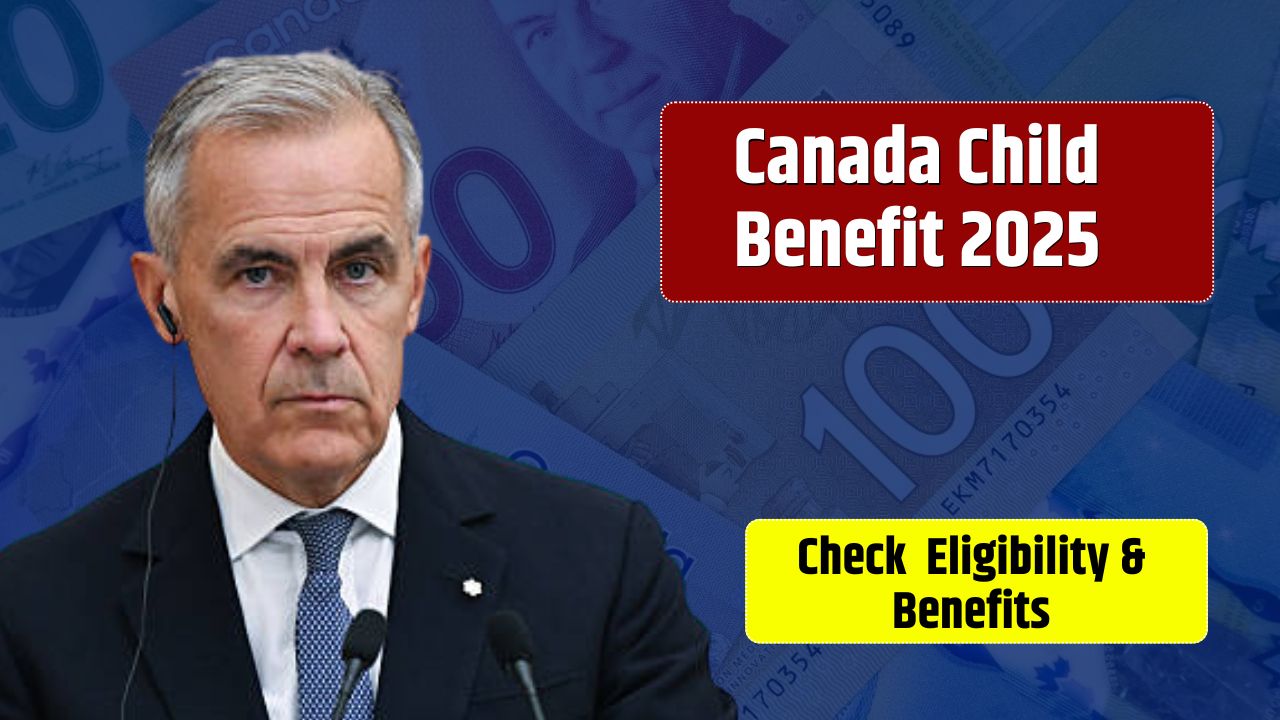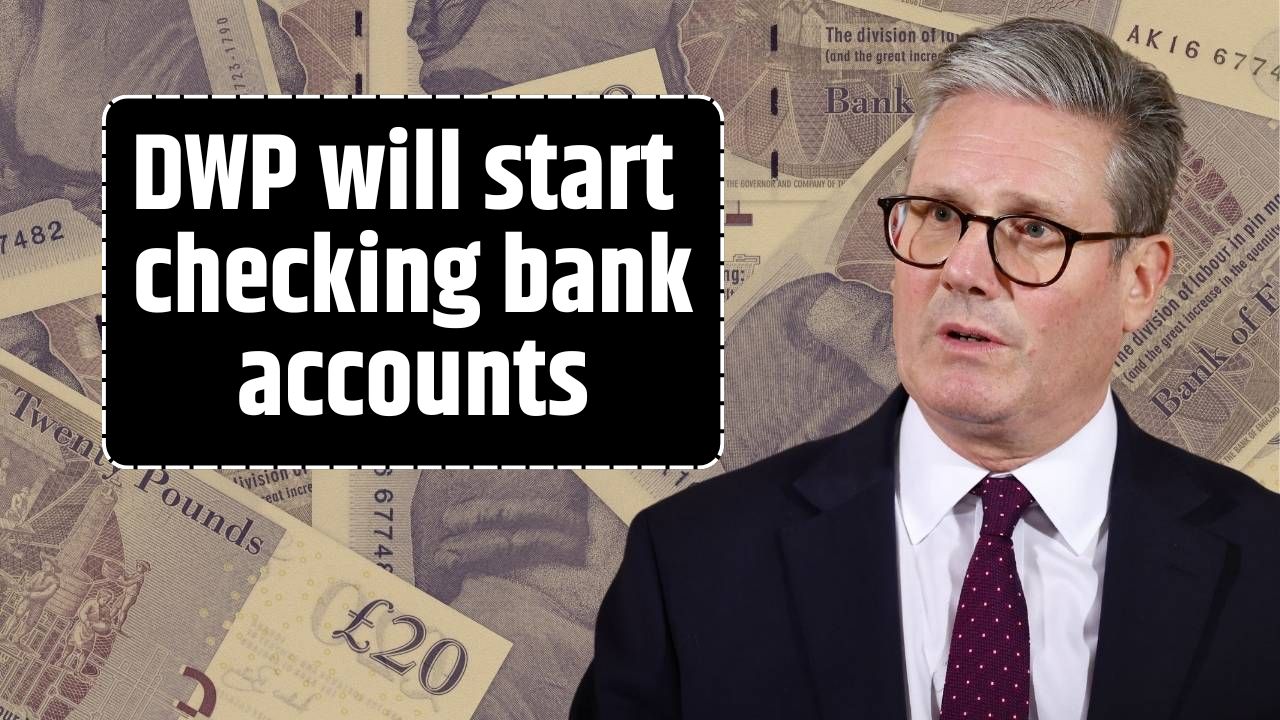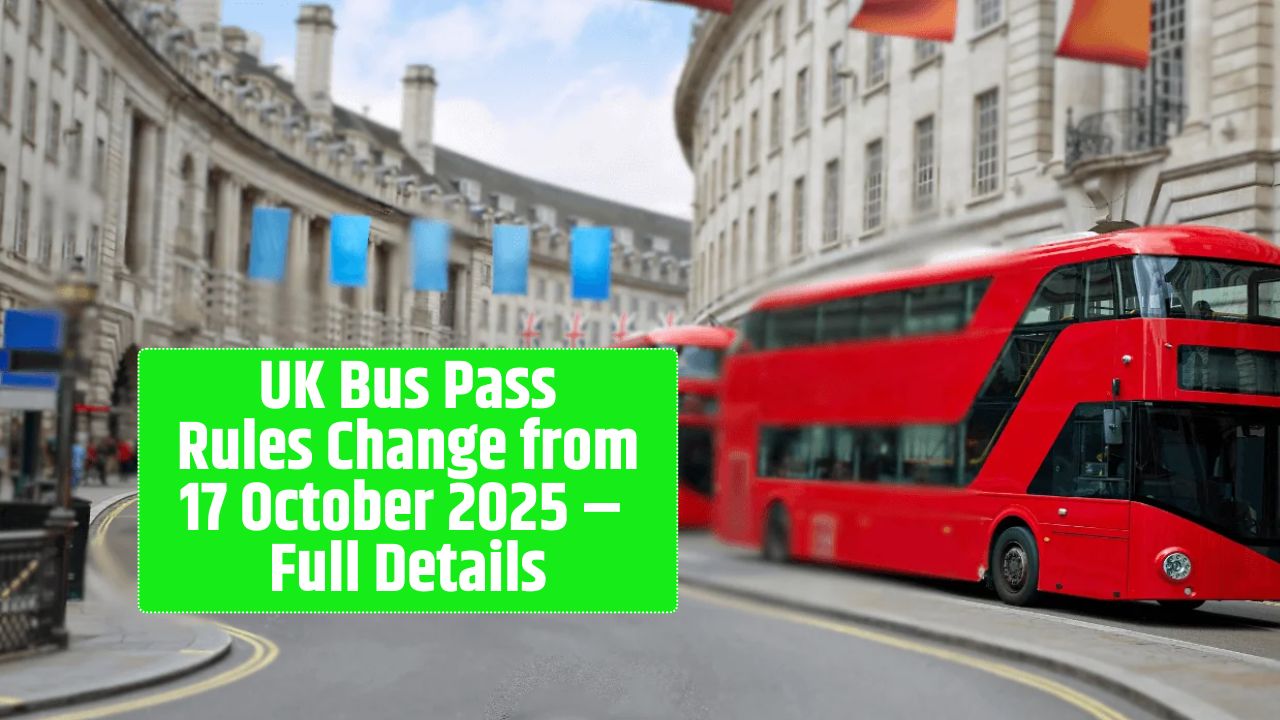For millions of Canadians living with disabilities, 2025 marks a turning point. The long-awaited Canada Disability Benefit (CDB) — first promised nearly a decade ago — has finally taken shape, with the next payment scheduled for October 16, 2025. The new monthly benefit delivers up to $200 directly to low-income adults with disabilities, forming what advocates call “the missing middle” of Canada’s social safety net.
It’s not just another cheque from Ottawa. For many recipients, the CDB represents recognition — and relief — in a country where disability often means living below the poverty line despite existing provincial and federal supports.
What Is the Canada Disability Benefit?
The Canada Disability Benefit (CDB) is a federal income-support program created under the Canada Disability Benefit Act, which received Royal Assent on June 22, 2024. It’s designed to provide a modest but stable top-up for working-age Canadians (ages 18 to 64) who live with a recognized disability and have low or moderate income.
Funded through Budget 2024, which allocated $6.1 billion over six years, the program officially launched in July 2025. The benefit amount — currently $200 per month ($2,400 per year) — will be adjusted annually for inflation starting July 2026, according to the federal Department of Employment and Social Development (ESDC).
Unlike the Canada Child Benefit (CCB) or Old Age Security (OAS), the CDB specifically targets working-age adults, many of whom previously fell into what advocates called the “disability poverty gap” — too old for child benefits and too young for seniors’ support.
| Key Feature | Details |
|---|---|
| First Payment Issued | July 2025 |
| Next Payment Date | October 16, 2025 |
| Maximum Amount | $200/month ($2,400 annually) |
| Eligibility Age | 18–64 years |
| Administered By | Service Canada |
| Funding Source | Federal Budget 2024 – $6.1 billion over six years |
| Inflation Indexation | Annual, starting July 2026 |
Why the CDB Matters
Before the CDB, many Canadians with disabilities survived on patchwork supports — limited provincial payments, small employment earnings, and tax credits that rarely kept pace with rising costs.
The CDB aims to change that by:
- Reducing poverty among adults with disabilities.
- Providing stable monthly income instead of annual lump sums.
- Helping cover essential costs, from medication to home modifications.
- Encouraging employment through income exemptions that won’t immediately claw back benefits.
The benefit complements, not replaces, other programs such as provincial disability assistance or the Disability Tax Credit (DTC). In other words, it fills the financial cracks between existing systems — helping recipients maintain independence without losing other supports.
As Minister of Diversity, Inclusion and Persons with Disabilities Kamal Khera said during the rollout, the CDB is about “dignity, not charity.”
Who Can Receive the CDB
Eligibility is straightforward, but applicants must meet all of the following conditions:
- Age Requirement:
- Be between 18 and 64 years old.
- You can apply as early as 17½, but payments start only after your 18th birthday.
- Applicants aged 65+ may receive up to 24 months of retroactive payments, though no benefits will apply before July 2025.
- Disability Tax Credit (DTC) Approval:
- You must qualify for the DTC, which confirms that you have a severe and prolonged impairment affecting daily activities.
- The DTC certificate must be completed by a qualified medical practitioner and approved by the Canada Revenue Agency (CRA).
- Income Tax Filing:
- You (and your spouse or common-law partner, if applicable) must have filed your 2024 tax return.
- In exceptional cases, Service Canada can waive this requirement.
- Residency Status:
- You must be a Canadian citizen, permanent resident, registered under the Indian Act, protected person (refugee), or a temporary resident who has lived in Canada for at least 18 months.
If you’re already approved for the DTC, you may receive an invitation letter from Service Canada encouraging you to apply. But even if you haven’t received a letter, you can still apply independently through Service Canada’s online portal or by mail.
Understanding the Disability Tax Credit (DTC)
The DTC acts as the gateway to the CDB. It’s a non-refundable tax credit intended to reduce income tax for people with disabilities or those supporting them. But more importantly, DTC approval confirms your eligibility for federal programs like the CDB or the Registered Disability Savings Plan (RDSP).
To qualify, your medical practitioner must certify that your impairment is severe and prolonged, lasting at least 12 months and significantly limiting one or more basic daily activities (e.g., walking, hearing, feeding, or mental function).
Once approved, you remain DTC-eligible for up to 10 years before renewal is required.
How Payments Are Made
The CDB is paid monthly, directly into the recipient’s bank account — typically around the 16th of each month. The first payment cycle began in July 2025, with the next confirmed date being October 16, 2025.
Payments are non-taxable and will not affect eligibility for other federal benefits, though provincial rules may vary. Each year, benefits will be adjusted for inflation starting mid-2026.
Real-World Impact
Early recipients say the benefit provides tangible relief in a period of high inflation and stagnant wages.
For many, $200 a month helps pay for mobility aids, therapy sessions, or medication that provincial programs don’t fully cover. Others say it’s allowed them to work part-time without falling into poverty traps caused by benefit clawbacks.
The Canadian Disability Policy Alliance estimates that roughly 600,000 working-age Canadians could qualify for the CDB within its first full year.
What’s Next for the CDB
The federal government plans to expand outreach through 2026, ensuring all eligible Canadians are aware of the benefit. Over time, officials hope to increase payment amounts once the program’s financial framework stabilizes.
Disability advocates, including Inclusion Canada and the Council of Canadians with Disabilities, continue to lobby for a higher monthly rate — closer to $500–$800 — which they say is necessary to lift most recipients above the poverty line.
Still, even at $200 per month, the CDB represents a structural shift in Canadian social policy — the first federal disability income supplement in nearly 60 years.
FAQs:
When is the next Canada Disability Benefit payment?
The next payment is scheduled for October 16, 2025.
How much can I receive from the CDB?
Eligible recipients can receive up to $200 per month, or $2,400 annually.
Do I need the Disability Tax Credit to qualify?
Yes. Approval for the Disability Tax Credit (DTC) is required before applying for the CDB.









